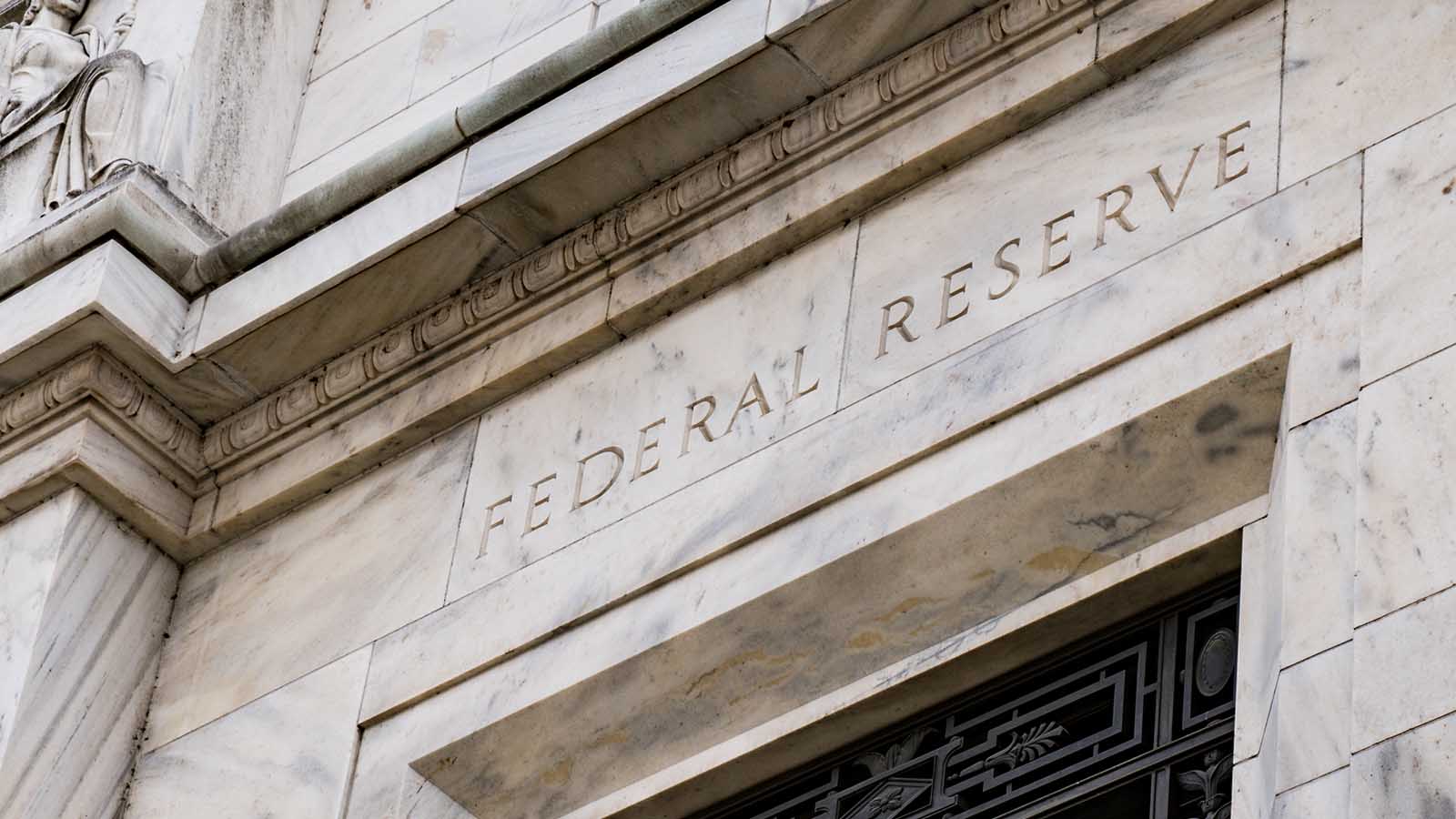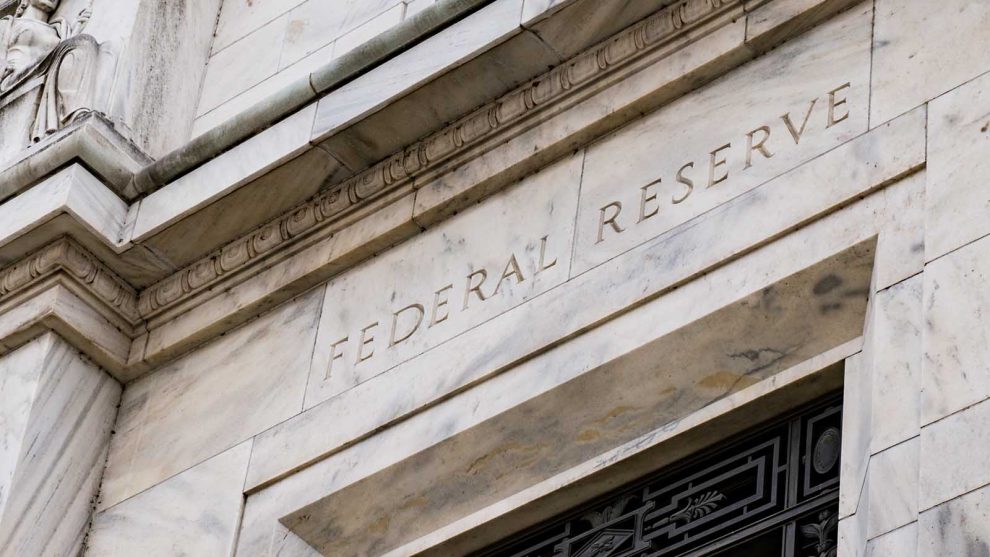
Yesterday was a big day, folks. The Federal Reserve concluded its Federal Open Market Committee (FOMC) meeting for September, announcing its long-awaited decision on key interest rates.
If you haven’t seen the news yet, I won’t keep you in suspense. The Fed cut rates by 0.5%, and it was the first rate cut we’ve had since March 2022.
Now, leading up to this meeting, the pressures have been mounting for a rate cut. The reality is that inflation is cooling (which we covered in last Thursday’s Market 360), and will soon be within the Fed’s 2% annual target.
Companies aren’t as worried about inflation as they once were, either. FactSet recently noted that less than 50% of S&P 500 companies cited inflation during their second-quarter earnings calls.

Source: FactSet
Combining this with recent weakness in the labor market and falling Treasury yields, it was clear a rate cut was baked into the cake for September.
In fact, while the market had assumed for months that a 0.25% rate cut was in order, there was a growing consensus that the Fed should cut rates by 0.5%. Before the announcement yesterday, CME’s FedWatch Tool showed a nearly 60% probability of a 0.5% rate cut, with the likelihood of a 0.25% rate cut at 41%.
But to be frank with you, what I was really interested in hearing yesterday came from the committee’s “dot plot” and Fed Chair Jerome Powell’s press conference.
The dot plot is a chart that is updated quarterly and shows where Fed officials think key interest rates will be for the rest of the year. And Powell’s comments will give a look at how the Fed feels moving forward.
So, in today’s Market 360, let’s take a closer look at the FOMC statement, the latest dot plot chart and Powell’s comments. I’ll also share what this means for the future, and how you can benefit.
The Federal Reserve Finally Makes a Cut
Well, the Fed definitely surprised some folks yesterday by cutting rates by 0.5%. But let’s dig into the details…
Surprisingly, there was one dissenting vote. While 11 of the 12 voting members supported cutting rates by 0.5%, Federal Reserve Governor Michelle Bowman strayed from the pack and voted for a 0.25% cut. In doing so, she became the first dissenting vote in the Fed since 2005.
Treasury yields fell on the news, with the 10-year Treasury sitting at about 3.75% today while the two-year Treasury is at 3.62%. This is much lower than the 10-year Treasury yield of 4.7% and the two-year Treasury yield of 5.05% last April.
This is important because the Fed has been above market rates for quite some time. And since the Fed doesn’t like to be out of step with the bond market, it has created pressure for rate cuts. With the recently announced cut, the federal funds rate now stands at a range of 4.75% to 5%. So, it means that additional cuts will have to come in order for the Fed to get back in sync with the market.
Now, in the committee’s press release, their statement acknowledged that they have “gained greater confidence that inflation is moving sustainably toward 2 percent” and that the “economic outlook is uncertain, and the Committee is attentive to the risks on both sides of its dual mandate.”
Then, during Powell’s press conference, he further explained this bigger cut by stating:
…this recalibration of our policy stance will help maintain the strength of the economy and the labor market and will continue to enable further progress on inflation as we begin the process of moving to a more neutral stance.
Basically, the Fed is no longer worried about inflation. With the goal of reaching 2% inflation nearly met, the concern is now about the jobs market. The unemployment rate has jumped up to 4.2%, up significantly from 3.4% just 16 months ago. So, this appears to be a significant reason why the Fed cut rates by more than the usual 0.25%.
What This Means Looking Ahead
Personally, I was most interested to see the dot plot, which is our central bank’s forecast for rate cuts. Here’s a look at the new survey.

As you can see, two members anticipate two more rate cuts this year, seven are anticipating three cuts this year, nine members are calling for four more cuts before the end of 2024 and one member expects five more cuts before 2025.
With the majority of the Fed calling for two more rate cuts this year, we will likely see a 0.25% cut at the November FOMC meeting and another 0.25% cut at the December FOMC meeting. In addition, members are forecasting four more cuts in 2025.
So, folks, the bottom line is that this is all incredibly bullish. These rate cuts will serve as the long-awaited “turbo boost” to not only the stock market but the U.S. economy as well.
How You Can Benefit
Now, this is when things start to get interesting for the markets…
Over the past 35 years, the Fed has cut rates on several different occasions, and every time they cut interest rates, the NASDAQ soars. Historically, we’ve seen the Fed’s rate cuts lead to mega-rallies of about 98%, on average.
So, if history is any guide, we could expect to see the markets shift into a higher gear very soon.
That’s because there is nearly $9 trillion in cash just sitting on the sidelines. And with rates falling, I predict a huge chunk of that will have to be deployed into the stock market.
As this “cash bubble” pops, it could create one of the most powerful opportunities to profit in our lifetime. But only if you’re prepared to act quickly…
So, how can you profit? Well, the truth is that you can’t just buy any stock and expect it to go up.
You have to own fundamentally superior stocks – that’s where most of the money sitting on the sidelines will rush into…
In fact, I am predicting that a specific basket of fundamentally superior stocks will reap the most gains from the cash bubble. But the thing is, as the Fed cut rates yesterday, this money won’t be on the sidelines for much longer.
So, time is running out…
But if you follow my playbook, I believe those who prepare could potentially build an entire retirement nest egg with just a few small moves. That’s why I recorded a video briefing to give you all the details you need to know.
I strongly encourage you to check out my Emergency Cash Bubble briefing today.
Sincerely,

Louis Navellier
Editor, Market 360





